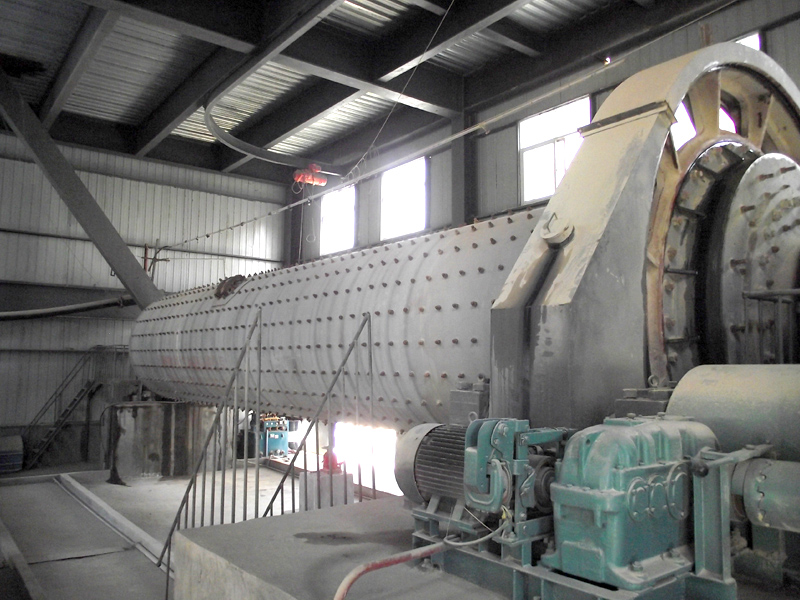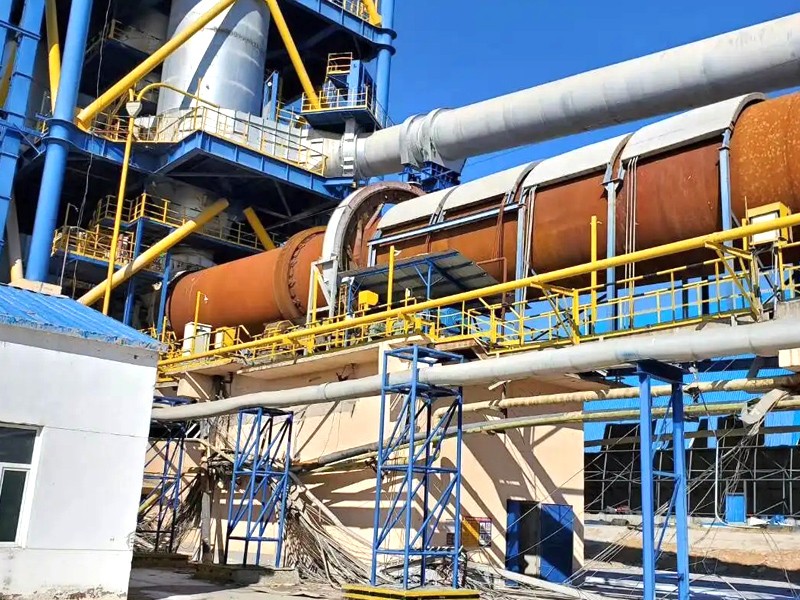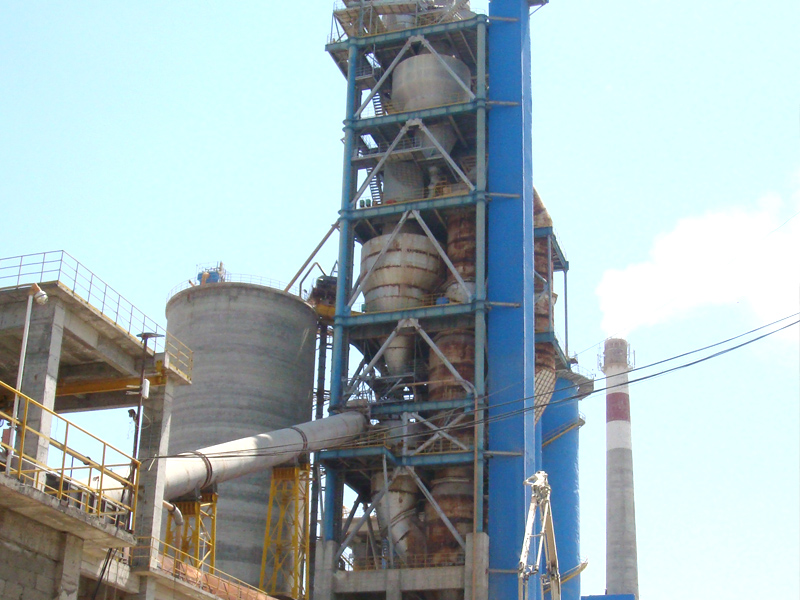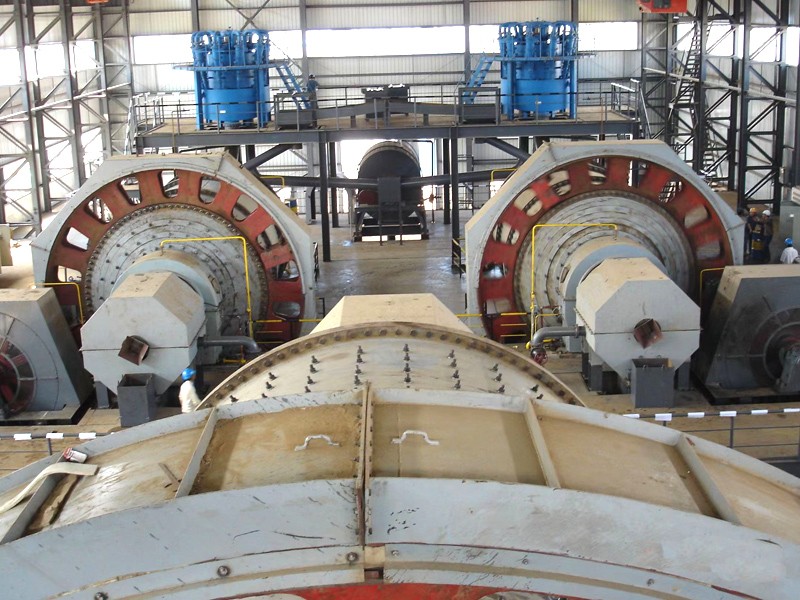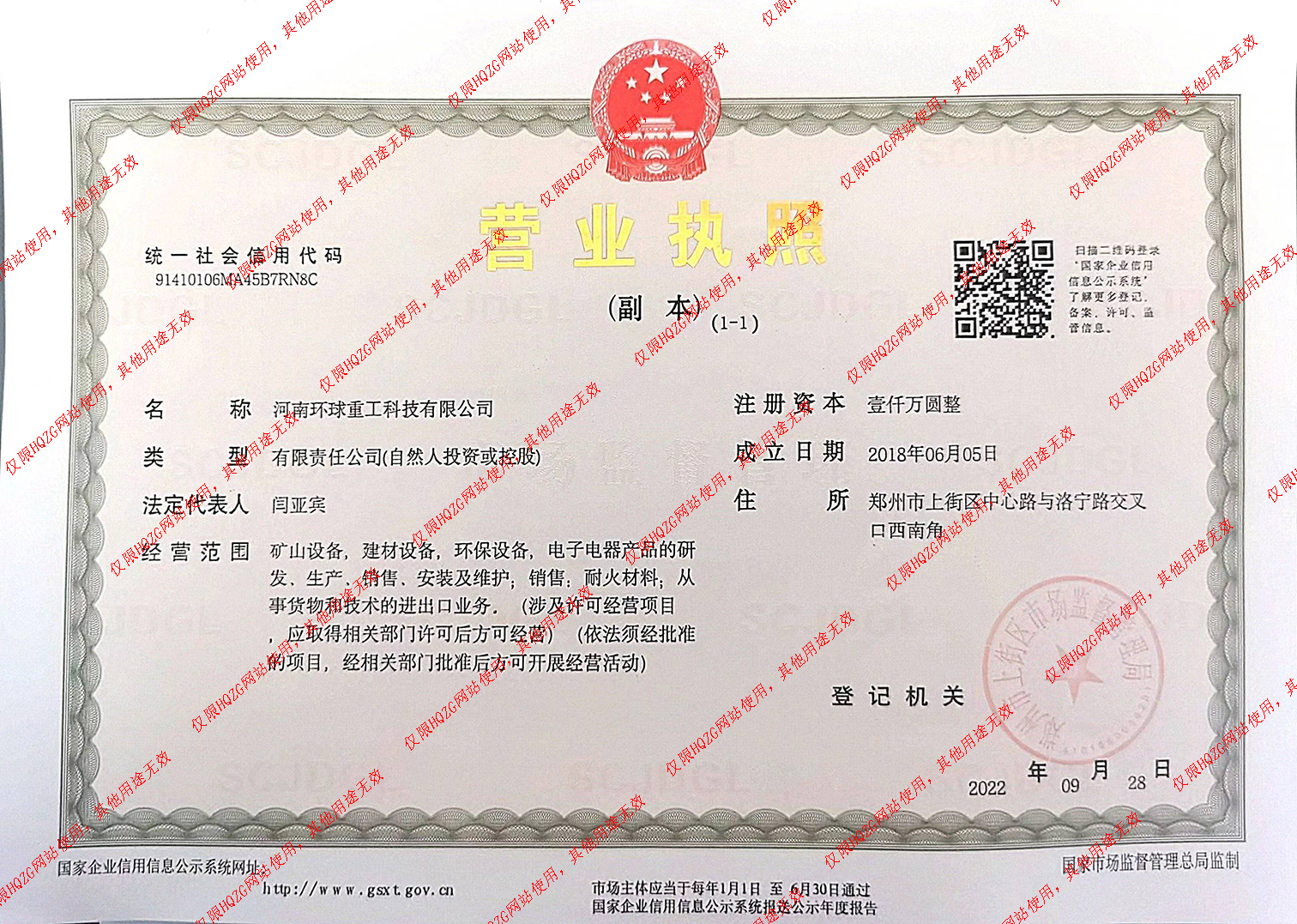Popular searched products:
Optimizing cement particle size is a key factor in the application of grinding technology

In the cement production industry, when it comes to energy conservation and consumption reduction, great attention is paid to the promotion and application of new dry kilns, the selection and optimization of energy-saving grinding machines and their systems, and the construction of low-temperature waste heat power generation. Only a few enterprises have begun to have a deeper understanding of the important role of controlling the particle size of cement (clinker) in saving energy, reducing raw material consumption, and increasing the amount of admixture. In fact, whether it is a large-scale cement enterprise or a small and medium-sized cement enterprise using the new dry method, the potential for energy conservation and consumption reduction in the entire cement industry is enormous by improving the particle size of cement and fully utilizing the strength performance of clinker.
In order to quantitatively demonstrate the contribution of particle size detection and control technology to cement energy conservation, Mr. Zhang Fugen and others from Euromonitor have tested cement products from multiple cement plants in more than 10 provinces. And select data from one of the provinces for analysis, compare various samples, and discover the huge potential for energy conservation and consumption reduction.
Through testing, it has been proven that if the cement grinding technology in a certain area can reach the level of high-quality enterprises, the untreated rate of clinker can be reduced by nearly 8%, and the energy consumption of grinding can be reduced by 10%. The decrease in the untreated rate of clinker is equivalent to saving clinker, which means saving raw materials. If the average untreated rate of cement in the country decreases at this ratio alone, there is great potential for energy conservation and consumption reduction.
Taking 2006 as an example, China's annual production of cement was 1.24 billion tons. The average dosage of admixtures and gypsum was assumed to be 35%, the dosage of clinker was 65%, and the reduction rate of untreated clinker was taken as 8%. Therefore, the annual savings of clinker can be calculated as 64.48 million tons. Calculated based on the consumption of 1.3 tons of limestone for 1 ton of clinker and an average consumption of 145 kilograms of standard coal, the annual savings in limestone are 83.82 million tons, 12.15 million tons of standard coal are saved, and 64 million tons of carbon dioxide are reduced. It can be seen that controlling the particle size distribution of cement has brought huge economic benefits, resource conservation, and environmental protection benefits.
It should be noted that the above analysis is based on the assumption that the average grinding technology of cement production in the analyzed province reaches the grinding level of the best samples in that province. In fact, the particle size distribution of the best sample here has not yet reached the ideal level, and there is still a lot of room for optimization. In addition, the average grinding level of cement in the provinces analyzed by Euromonitor is above average nationwide, with more than half of the provinces having greater room for improvement. At present, the amount of mixed materials added is far from reaching the ideal level. The way to further increase the addition amount is to make the particle size distribution of the mixed material more reasonable (such as forming the optimal stacking between the mixed material particles and the clinker particles). It can be seen that there is still great potential for energy conservation and consumption reduction in optimizing particle size distribution through particle detection and control technology during the grinding process.
The particle size distribution of clinker and admixtures in cement is closely related to its physical properties, especially strength. The particle size distribution of clinker will affect the hydration rate of clinker, the degree of hydration within a certain period of time, the water requirement for standard consistency, and the water cement ratio of concrete. The particle size distribution of clinker and admixture jointly determines the closest packing density of cement particles. In fact, the reality of most cement plants in China is that they use 80 μ m sieve residue or specific surface area as the basis for routine control of the grinding process, and pay less attention to the particle size distribution of cement. There is no good correlation between 80 μ m sieve residue or specific surface area and particle distribution.
Experience has shown that when there is no significant change in the grinding equipment and its operating parameters, 32 μ m or 45 μ m screen residue can effectively reflect particle distribution. Using 32 μ m or 45 μ m screen residue as the basis for routine control of the grinding process, when there are slight changes in the grinding equipment and its operating parameters, simple adjustments can be made, such as the speed (air volume) of the powder selector, to keep the 32 μ m or 45 μ m screen residue within the control target. Therefore, using 32 μ m or 45 μ m screen residue can be used as the basis for routine control of the grinding process, but if there are significant changes in the grinding equipment and its operating parameters, it cannot reflect the particle size distribution well.
The RRB formula can be used to fit the distribution of cement particles, and controlling the two parameters in the RRB formula: characteristic particle size and uniformity coefficient (n) can achieve the goal of controlling particle size distribution. If the sieve residues of 15, 20, 32, 45, and 63 μ m are measured, the characteristic particle size and particle size distribution can be obtained through regression analysis.
There is a relatively simple method to roughly determine whether the particle size distribution is normal. If a 32 μ m or 45 μ m sieve residue is used as the basis for routine control of the grinding process, and the 32 μ m or 45 μ m sieve residue is within the normal control range, another 63 μ m sieve residue can be added and compared with previous data with normal particle size distribution. If the added sieve residue data has a significant difference from previous data with normal particle size distribution, it suggests that there may be a significant change in particle size distribution.
Related Reading
- What is machine-made sand? Why is machine-made sand so popular? What are the advantages of machine-made sand?
- Regarding the price of mobile sand making machines, manufacturer recommendations, and sand blasting effects, this article has everything you want to know!
- To improve the sand and gravel technology, save energy and increase efficiency, and improve the quality of sand production, you should read this article carefully!
- I heard that the profit of machine-made sand washing is good, how much is it? Which equipment is suitable for machine-made sand washing?
- If you want to choose a cost-effective truck-mounted mobile sand washing machine, Zhengzhou Global Heavy Industry is your first choice
- If you want to make sand washing production and processing more flexible, mobile sand washing station is your first choice!
Product show
Product
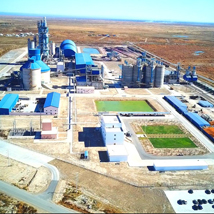


 Source:
Source: Time:2024/08/20 14:49:51
Time:2024/08/20 14:49:51